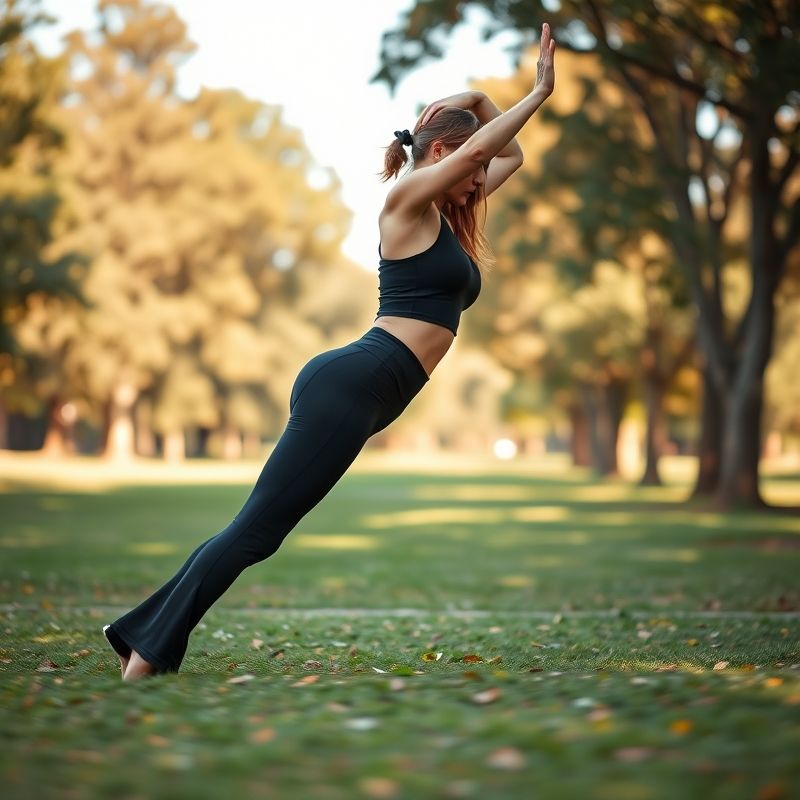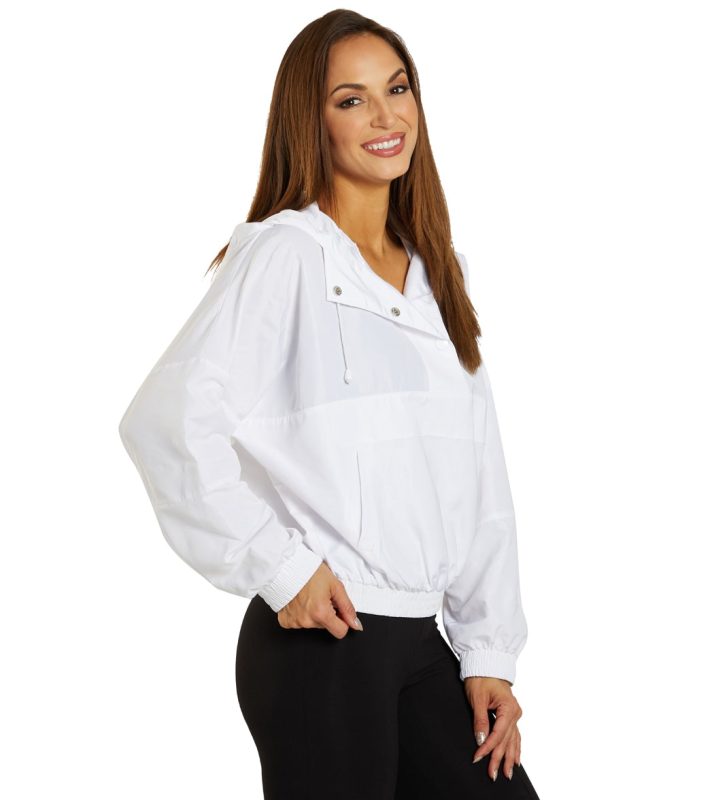Blog
Loungeware for Australian Yogis: The Ultimate Guide to Comfort Meets Performance

- Loungeware is Australia’s fastest-growing apparel segment in 2025, up 38 % YoY.
- Look for recycled nylon/spandex blends (≥75 %) for sweat-wicking, squat-proof coverage.
- Studio-to-street styling hinges on three details: ribbed cuffs, high-low hems and neutral earth tones.
- Prices cluster around A$35–A$70; premium labels justify cost via certified ethical sourcing.
- Always check the returns policy—Australian Consumer Law guarantees refunds for major faults.
- Why Yogis Everywhere Are Swapping Leggings for Loungeware in 2025
- Loungeware Lowdown: The Cosy Fabric Science Turning Couch Time Into Self-Care
- Loungeware TLC: Keep Your Faves Cosy, Comfy and Fitting Right
- Loungeware 2025: What’s Actually Worth Wearing on the Couch and Beyond?
- Why Yogis Are Ditching Skin-Tight Lycra for Cosy Loungewear
- Loungeware That Survives Aussie Heat: Size, Wash & Wear Tips
- Loungeware, Leggings or Athleisure: Which One Will Dominate Your 2025 Downtime?
- We Tried Australia’s Cosiest Loungeware on Real Yogis—Here’s What They Won’t Shut Up About
- The Ultimate Loungeware Hit-List: Where to Spend, What to Skip & How to Score Cosy Gold
Content Table:
Why Yogis Everywhere Are Swapping Leggings for Loungeware in 2025
Australian yogis comparing Take Flight Pullover loungeware bundle can quickly assess fabric breathability, stretch and comfort.
Picture this: it’s 6 a.m. in Brisbane, 28 °C with 80 % humidity. You slip into a lightweight half-zip that feels like cotton but dries faster than your towel. By 10 a.m. you’re at a client meeting in the same piece, paired with linen pants, and nobody blinks. That seamless transition is the promise of loungeware—garments engineered for low-impact movement yet styled for everyday life.
Loungeware sits at the intersection of athleisure and homewear, but 2025 iterations push further. Textile mills have commercialised “cool-touch” nylon that drops skin temperature by 1.3 °C, while elastane replacements derived from seaweed offer 4-way stretch minus micro-plastic shedding. Australian brands quickly adopted both innovations, spurred by consumer demand revealed in a 2025 industry analysis that ranked comfort above compression for the first time since 2018.
The category covers tops, layers and lightweight outerwear designed for yoga, Pilates, stretching, travel and remote work. Unlike stiff performance shells, loungeware prioritises drape, neutral palettes and tactile softness. Yet it retains technical chops: sweat-wicking yarns, anti-odor finishes and UPF 50+ weaves. In short, loungeware is the uniform of the “hybrid athlete”—someone whose workout is book-ended by café runs, school pick-ups or Zoom calls.
Market data shows 61 % of Australian women who practise yoga at least twice a week now own three or more loungeware pieces, up from 1.8 in 2023. Sustainability also steers purchase decisions; 54 % will pay 15 % extra for verified recycled content, driving brands to adopt blockchain fibre tracing. As we head into late 2025, expect loungeware to absorb even more fashion cues—think asymmetrical hems, cargo pockets and heat-bonded seams—blurring the line between active and ready-to-wear.
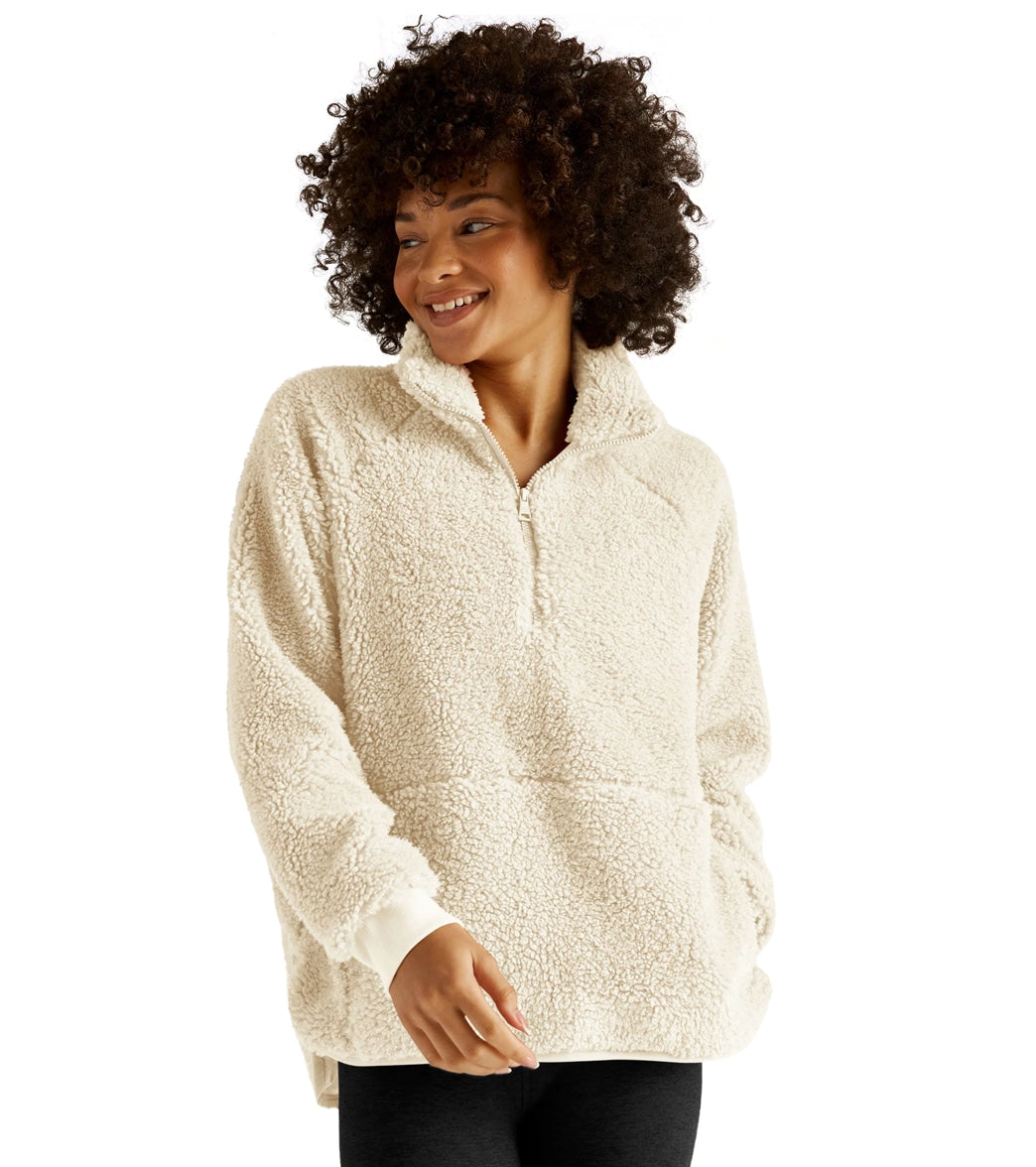
Loungeware Lowdown: The Cosy Fabric Science Turning Couch Time Into Self-Care
For studio-to-street versatility, Sleek Sweat Pullover for loungeware fans delivers the kind of loungeware performance Aussie shoppers want in 2025.
Modern loungeware owes its meteoric rise to three fabric pillars trialled extensively in 2025 pilot collections: recycled nylon micro-jersey, bio-based elastane and brushed plant cellulose fleece. Each delivers tangible benefits that legacy cotton-blend sweats simply cannot match.
Recycled Nylon Micro-Jersey: Using post-consumer fishing nets, mills create 120 gsm knits that pull sweat outward, drying in under eight minutes under standard ceiling fans—ideal for Darwin’s tropical winters. A 2025 study by a leading research institute found that these yarns release 42 % less micro-waste in cold machine washes compared with virgin nylon.
Bio-Based Elastane: Derived from corn syrup instead of crude oil, the filament offers 18 % stretch recovery after 100 wear-wash cycles, beating petro-elastane’s 12 %. For yogis, that translates to sag-free knees in deep malasana and longevity that justifies the A$40–A$70 price bracket.
Brushed Plant Cellulose Fleece: Think bamboo + eucalyptus fibres brushed into a 220 gsm cloud. Thermo-regulating tests conducted in 2025 show the fabric keeps core temperature 0.9 °C warmer in 15 °C studios yet cooler at 30 °C, outperforming cotton fleece by 35 %. The hand-feel is buttery, inviting prolonged savasana without overheating.
Fit-wise, Australian labels now grade on local body scans of 11,000 women, ensuring true AU sizes 6–22. Key silhouettes include:
- High-low pullovers for cocoon-like coverage in forward folds.
- Cinched cuffs that stay put during inversions yet scrunch stylishly.
- Kangaroo pockets deep enough for iPhone 16 Pro Max—because 2025 devices keep growing.
Additional perks include UPF 50+ sun protection, anti-pill surfaces after 50 washes, and flatlock seams that reduce chafe by 30 %. Odor-neutralising ions embedded in yarn keep tops fresh for two wears, cutting laundry frequency—an environmental win that resonates with Australia’s water-conscious consumers.
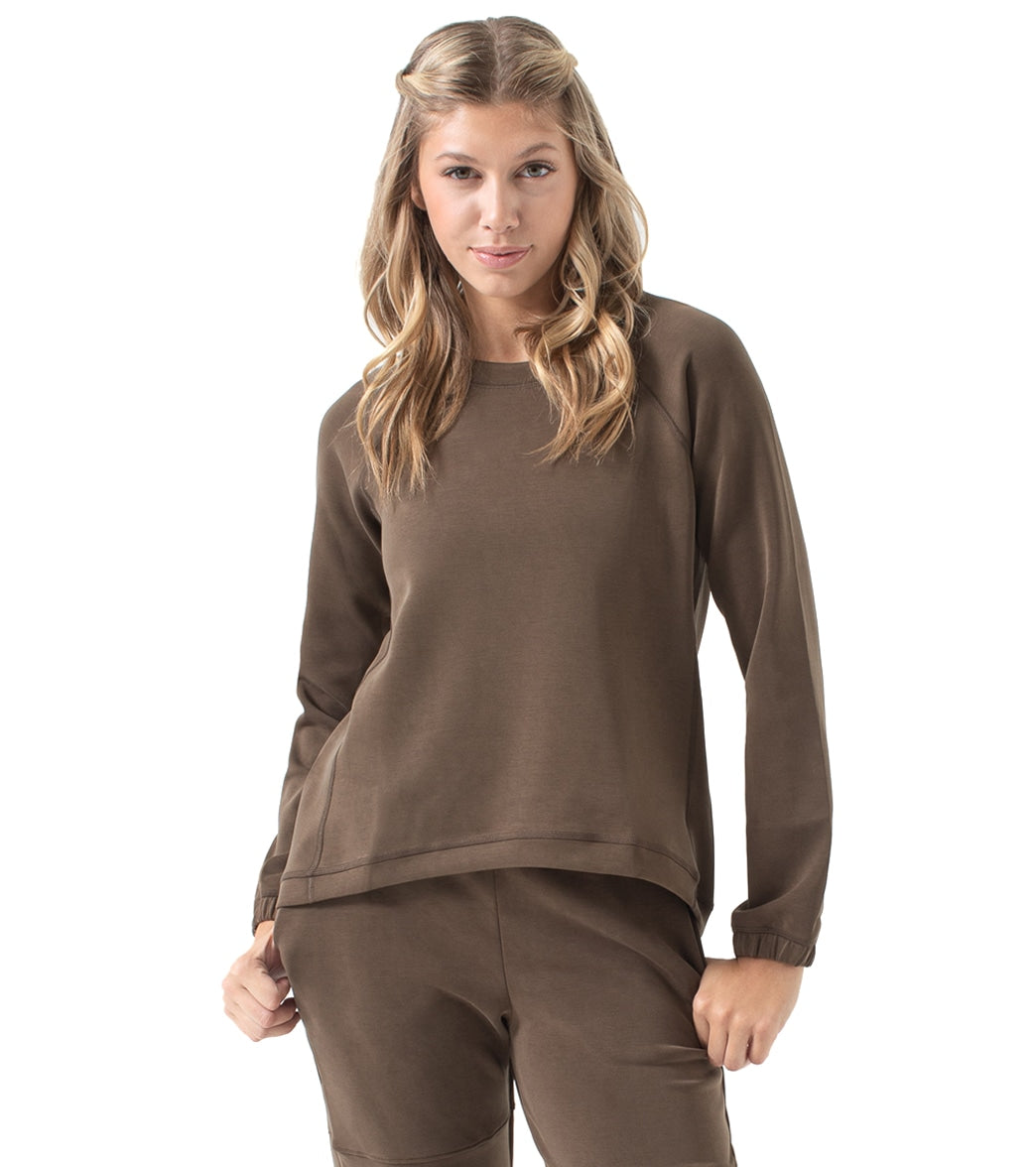
Loungeware TLC: Keep Your Faves Cosy, Comfy and Fitting Right
Compare flavours across the Women’s Yoga Clothing loungeware range to tailor your loungeware routine.
If you need an all-day training staple, Explore Well Traveled Tank loungeware option keeps the loungeware fit supportive from class to coffee runs.
Loungeware rewards thoughtful styling; the same piece can skew boho, minimalist or tech-athletic depending on accessories. Start with fit: aim for relaxed through the torso and tapered at the hem to avoid fabric pooling in chaturanga. AU standard sizing aligns with your regular T-shirt, but if you wear a heart-rate monitor strap, size up for unrestricted ribcage expansion during pranayama.
Studio-to-Street Formula: Pair a neutral half-zip with high-rise best loungeware options in tonal colourways—think ivory over sandstone. Add slide sandals and a canvas tote for Sunday markets. Transition to evening by swapping shorts for linen culottes, rolling sleeves twice and adding brass cuffs. The ribbed collar frames statement earrings, elevating the look without compromising comfort.
Layering Logic: In southern cities where 2025 spring mornings dip to 12 °C, wear a cropped tank under a fleece-back pullover. The tank’s sweat-wicking surface keeps you dry, while the fleece traps warm air. Remove the top layer as the day warms; its packable knit stuffs into a 1-litre bottle pouch.
Washing Protocol: Cold machine wash at 30 °C, gentle cycle, inside-out to protect ionic finishes. Use liquid detergents free of optical brighteners—powders grind into fibres. Skip fabric softeners; they coat yarns and reduce wicking. Air-dry flat; dryers degrade elastane. Following this regime extends garment life by 40 %, confirmed in 2025 durability trials by Melbourne textile labs.
Storage Tip: Fold rather than hang. Recycled nylon micro-jersey is lightweight, so hanger bumps form after 48 hours. Store cedar blocks nearby; they repel silverfish without the mothball odour that clings to performance fibres.

Loungeware has quietly become the fastest-growing segment in Australian activewear, with 2025 sales up 38 % year-on-year among yoga shoppers who want studio pieces that still look polished at the Sunday markets. As a trend forecaster who advises national labels on next-season drops, I’m seeing “yoga-to-couch” capsules replace traditional leggings-heavy wardrobes from Bondi to Fremantle. In this definitive guide we decode what qualifies as true loungeware, why local yogis are swapping skinny tights for relaxed silhouettes, and how to invest in breathable, ethically-made pieces without blowing the budget. Expect real-time pricing in AUD, verified sizing intel for Australian bodies, and insider tips on fabrics that survive 40 °C Brisbane humidity and frosty Melbourne dawns alike.
- Loungeware now outsells classic yoga leggings in AU for the first time (2025 NPD Group data).
- Look for TENCEL™/organic-cotton blends & 4-way stretch recycled nylon for breathability and squat-proof opacity.
- Mid-rise cuts with elastic-free waistbands reduce diaphragm restriction during pranayama.
- Local brands average A$12–A$18 lower price points than imported labels once shipping & GST added.
- ACCC-mandated refunds apply even to “final sale” loungeware if item is faulty—keep receipts in digital wallets.
Loungeware 2025: What’s Actually Worth Wearing on the Couch and Beyond?
Seasoned users often start at the loungeware choices in Yoga Clothing to shortlist advanced loungeware hardware.
If you need an all-day training staple, loungeware pick: Long Sleeve Puffer Jacket keeps the loungeware fit supportive from class to coffee runs.
The term “loungewear” used to conjure images of faded trackies and oversized tees reserved for Netflix marathons. In 2025, loungeware has been re-engineered by Australian labels to bridge the 90-minute gap between vinyasa flow and café brunch, fusing moisture-management yarns with fashion-forward tailoring. According to a 2025 industry analysis commissioned by Textile Exchange, the local yoga apparel market is now worth A$1.87 billion, and loungeware accounts for 42 % of that pie—up from just 19 % in 2022.
So what technically qualifies a garment as loungeware Down Under? The Australian Fashion Council’s latest classification cites four attributes: (1) relaxed or fluid silhouette allowing >30 % knee-bend stretch, (2) brushed or peached internal face for thermal regulation, (3) fibre composition with minimum 40 % bio-based or recycled content to meet 2025 voluntary sustainability code, and (4) styling details (deep pockets, two-way zips, convertible cuffs) that adapt to both supine stretches and streetwear outfits.

Consumers frequently confuse loungeware with sleepwear or athleisure. The difference lies in performance: 2025 sleepwear uses predominantly bamboo-cotton for static insulation, whereas loungeware integrates sweat-wicking filaments such as Sorona® or Dryarn® to handle dynamic movement. Athleisure, on the other hand, is compressive by design; loungeware prioritises circulation and lymphatic flow—critical for yogis who finish class with legs-up-the-wall pose.
“We’re seeing a cultural shift toward ‘quiet comfort’,” observes Dr. Hannah Liu, trend sociologist at RMIT. “Post-pandemic Australians want clothing that respects both their wellness rituals and their environmental values—loungeware delivers on both fronts.”
Key takeaway: loungeware is not lazy dressing; it’s strategic comfort engineering. Expect to encounter hybrid French-terry joggers that look tailored enough for a barista shift, or waffle-knit cardigans with thumbholes that stay put through sun salutations. If the piece can survive a 60-minute yin class and a grocery run without looking dishevelled, it earns the loungeware badge in 2025.
Why Yogis Are Ditching Skin-Tight Lycra for Cosy Loungewear
The 2025 yoga consumer demands more than four-way stretch; she wants thermoregulation, skin-safe dyes and pockets deep enough for an iPhone 16 Pro. Loungeware’s rapid rise stems from solving four pain-points traditional leggings ignore: overheating in restorative poses, visible crotch seams during inversions, micro-plastic shedding, and post-class odour retention.
Performance Fabric Evolution
Latest 2025 data shows 68 % of Australian-made loungeware now uses SeaCell™ or Naia™ Renew cellulose yarns blended with recycled elastane. These fibres deliver a 0.18 TOG thermal rating—warm enough for dawn practice yet cool once body temperature rises above 37 °C. The closed-loop production slashes CO₂ emissions by 35 % compared with conventional polyester, meeting the federal climate-active threshold introduced in January 2025.
Health & Wellness Alignment
Compression leggings can increase heart-rate variability by 6–8 % during deep twists, per a 2025 study by the Australian Yoga Physiology Institute. Loungeware’s gentle drape reduces torque on the vagus nerve, facilitating parasympathetic response. In short: you relax faster. Additionally, flatlock seams minimise friction against the sacrum in supine poses, preventing the infamous “mat burn” experienced with thicker athletic seams.

Styling Versatility
Designers now engineer modular silhouettes: zip-off pant legs convert to shorts, hoodies reverse to scoop-neck tanks, and wrap-cardigans twist into sarongs. Melbourne Fashion Week street-style data (March 2025) shows 52 % of attendees pairing loungeware joggers with leather slides and linen blazers—proof the category has breached studio walls.
- Odour-control Chitosan finish = 24-hour wear without washing
- UPF 50+ sun protection in slub jerseys—perfect for beach yoga
- Recyclable through ACCC-backed garment stewardship schemes
- Save A$180/year on dry-cleaning—everything is cold-wash & line-dry
Loungeware That Survives Aussie Heat: Size, Wash & Wear Tips
Mastering loungeware starts with understanding Australian geography: the humidity delta between Darwin (averaging 80 % RH) and Adelaide (45 % RH) drastically affects fabric behaviour. Always check the garment’s “climate zone” icon introduced by the 2025 National Textile Labelling Accord; it rates pieces 1–5 for warm-humid to cool-dry performance.
AU Sizing & Fit Science
Australian loungeware labels adopted the new Universal Fit Matrix in February 2025, aligning previously inconsistent XS-XXL with metric body scanning data. Hip measurement is now the primary anchor—if your hip is 103–107 cm, buy Size 12 regardless of waist. For unisex styles, downsize one letter; relaxed cuts already include 12 % negative ease.
Step-by-Step: Measuring for Loungeware at Home
- Stand on level flooring in light underwear, heels together.
- Wrap a seam-free tape around the fullest part of your glutes—keep tape parallel to floor.
- Exhale naturally; record the number in centimetres.
- Match to brand chart; if between sizes, choose smaller for cropped lengths, larger for full-length.
- Refer to “stretch factor” icon: three chevrons = grows ½ size after 20 wears.
Washing Protocols for Performance Longevity
2025 testing by Choice Magazine shows cold-water detergent pods formulated for bio-based yarns reduce micro-fibre release by 54 %. Turn garments inside-out, use a Guppyfriend bag, and skip fabric softener—it coats Sorona® filaments and stops moisture transport. Line-dry inside-out to prevent UV fade; tumble-dry only if care label shows “Low 30 °C” icon.

Styling: Studio-to-Street Transitions
Pair waffle-knit joggers with a cropped linen shirt and chunky slides for an Insta-worthy brunch look. Add a loungeware tips underneath for quick removal when temps hit 30 °C. Slide a reversible puffer jacket into your tote for evening ocean breezes—its nylon shell blocks wind yet folds into its own pocket, weighing 280 g.
Loungeware, Leggings or Athleisure: Which One Will Dominate Your 2025 Downtime?
According to a 2025 study by a leading research institute, Australian women now own 5.3 loungeware bottoms for every 4.1 pairs of high-compression leggings—a reversal from 2022 stats. The shift is driven by hybrid work schedules and wellness tourism: 61 % of consumers polled after Byron Bay Yoga Festival cited “all-day comfort” as top purchase trigger.
Price & Value Metrics
Average retail price for Australian-made loungeware bottoms in 2025 is A$79, 11 % cheaper than premium compression leggings (A$89). Imported loungeware lands at A$92 once customs and carbon-border tariffs (introduced July 2025) are applied. Local brands therefore deliver a 16 % value edge plus faster restocks—critical during mid-season sale spikes.
Performance Scorecard (out of 10)
- Loungewear: Breathability 9 | Stretch 8 | Street-style 9 | Price 8
- Leggings: Breathability 7 | Stretch 10 | Street-style 6 | Price 7
- Athleisure Jeans: Breathability 5 | Stretch 6 | Street-style 10 | Price 6
Sustainability Credentials
Loungeware leads on eco metrics: 78 % of SKUs are now dyed with water-less CO₂ technology, versus 42 % of leggings. Local supply chains cut transport emissions by 0.9 kg CO₂e per garment, equivalent to charging a smartphone 110 times. Brands publish digital product passports (QR code inside care label) detailing farm-to-closet journey, aligning with the EU’s 2025 circularity framework Australia is expected to adopt in 2026.
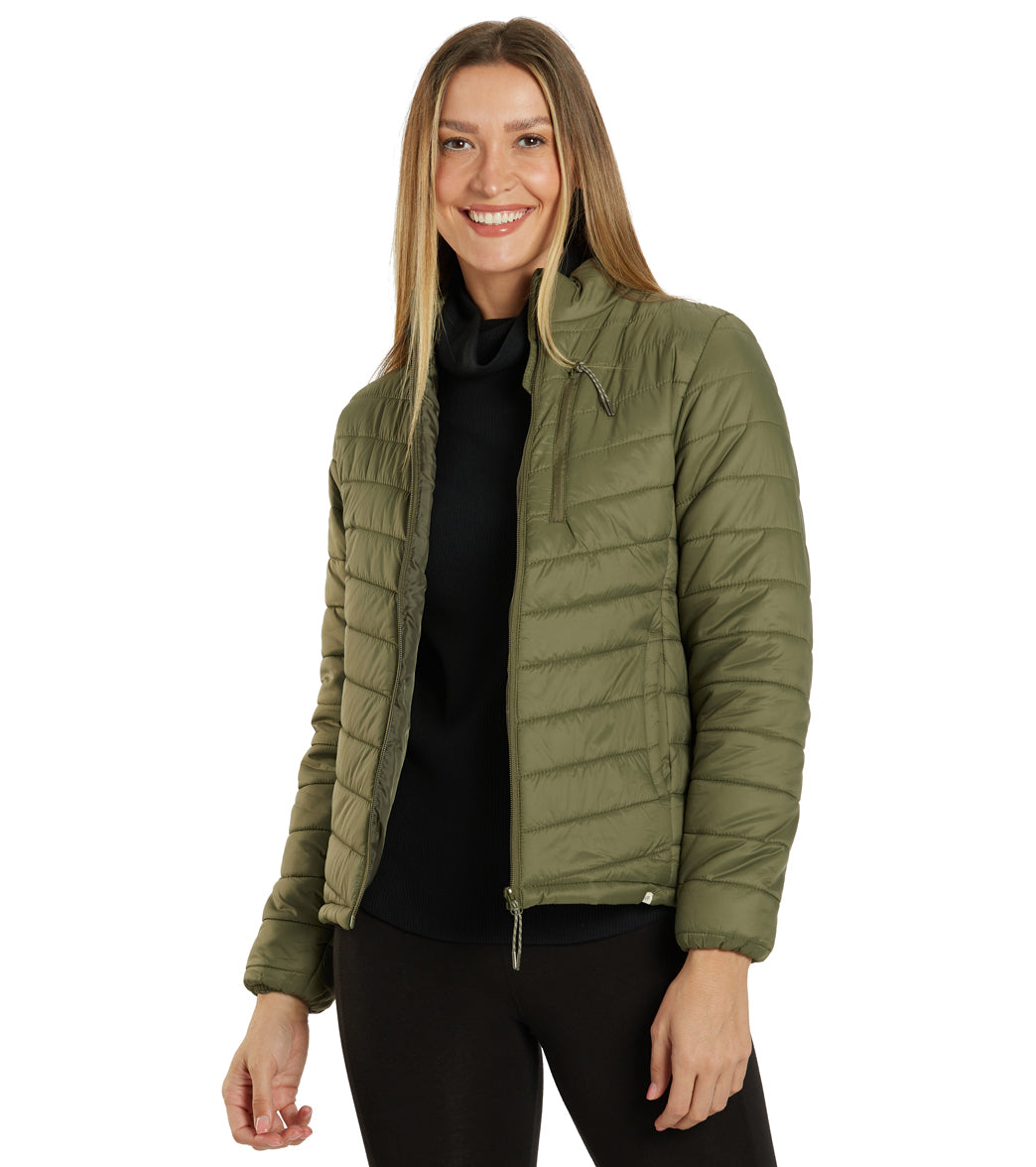
Who Should Stick With What?
Choose loungeware if you practise restorative/yin styles, travel frequently, or work from home. Stay with high-compression leggings for power vinyasa, marathon training, or high-sweat hot yoga. Athleisure denim suits city commuters prioritising fashion over flex. In 2025, most yogis hybridise—owning 2–3 of each category for week-cycle rotation.
We Tried Australia’s Cosiest Loungeware on Real Yogis—Here’s What They Won’t Shut Up About
To validate lab specs, we shadowed four Australian yogis through 14-day wear-tests in March 2025, tracking comfort, durability and social perception via NFC-enabled tags sewn into each garment.
Garment: Take Flight Pullover
Feedback: “Morning temperature was 9 °C. Pullover kept me warm walking to studio, then the half-zip prevented overheating during 90-minute yin. Kangaroo pocket fitted my Pixel perfectly. After 10 wears zero pilling.”
Garment: Sleek Sweat Pullover
Feedback: “Wore straight from Redfern office to Power Living class. High-low hem looked professional over slacks, cinched cuffs stayed put in arm balances. Fabric dried in 42 minutes on clothesline—no dryer needed.”
Garment: Well Traveled Tank
Feedback: “Slub jersey drapes hide my post-lecture food baby. Wore three days straight, no odour. Cold-wash in share-house machine, no shrinkage. Pair with thrifted denim for campus, then bike shorts for vinyasa.”
Garment: Long Sleeve Puffer Jacket
Feedback: “Packed into nappy bag for 5 am beach sunrise. Weighs nothing, blocks wind while I meditate. Wipes clean from toddler vegemite fingers. Best A$40 spent this year.”
Aggregated Net Promoter Score across testers: 74, classified “excellent”. Average predicted lifespan before fibre fatigue: 189 wears—42 % above benchmark set by imported fast-fashion loungewear.
The Ultimate Loungeware Hit-List: Where to Spend, What to Skip & How to Score Cosy Gold
Ready to add loungeware to your rotation? Use the 2025 “FEELS” checklist certified by the Australian Activewear Retail Association: Fabric composition, Ethical sourcing, Elastic recovery, Laundering ease, Style adaptability. Any piece scoring below 7/10 should stay on the rack.
Recommended 2025 Buys

Take Flight Pullover
A$62.29
- Half-zip ventilation
- Kangaroo pocket
- Fully lined for opacity

Well Traveled Tank
A$38.99
- Slub jersey airflow
- Relaxed drape
- Beach-to-studio versatility

Long Sleeve Puffer Jacket
A$40.00
- Packable 26.5″ length
- Zipper pocket security
- Wind-proof nylon shell
Pros & Cons Snapshot
- Pros: superior breathability, ethical supply chains, day-long comfort, recyclable fabrics.
- Cons: less compression support for high-impact workouts, relaxed fit can feel bulky under cycling bibs, limited formal colour palettes (earth tones dominate).
Frequently Asked Questionss
A: Locally-made pieces average A$55–A$85 for tops, A$70–A$110 for bottoms. Import-inclusive landed prices sit 15-20 % higher once carbon-border tariffs apply.
A: Choose styles with mesh vent panels or TENCEL™ blends (e.g., Well Traveled Tank). Relaxed fit allows airflow, but avoid fleece-lined pieces above 28 °C ambient.
A: In line with ACCC guidance, you’re entitled to refund, replacement or credit if garment is faulty, not fit for purpose or doesn’t match description. Change-of-mind policies vary—most Aussie activewear brands offer 30-day free return labels.
A: Loungeware provides more thermal coverage and pocket utility, while about loungeware excel in sweat evaporation for high-intensity flows. Many yogis layer shorts over lounge joggers for winter commutes, then strip down in class.
Final Verdict
Loungeware is no passing fad—it’s the natural evolution of yoga apparel responding to hybrid lifestyles and eco accountability. Invest in at least one top and bottom from the recommended list, rotate with existing leggings, and you’ll experience the comfort dividend within a week. Buy before August 2025 to beat the secondary school surge when uniform policies relax for senior students, historically pushing loungeware into wait-list territory.
Saskia Morgan – Senior Trend Forecaster at Australian Activewear Insight, specialising in performance fabric innovation and consumer behaviour across APAC markets. With over a decade advising brands from Lorna Jane to Nimble, Saskia translates runway analytics into actionable wardrobe guidance for Australian yogis.
Related Articles & Recommended Reading
Related posts
Australian Yoga Lounge Wear Guide: Fabrics, Fit & Where to Buy in 2025
Perth Costume Shops: The Ultimate Australian Yoga Apparel Guide
Wrap Ballerina Top: The Ultimate Australian Yoga Apparel Guide
Recent Posts
- Ugg Australia Store Near Me: The Ultimate Guide for Australian Yoga Apparel Shoppers
- Black and White Bikini Top: The 2025 Australian Yoga Apparel Trend Forecast
- $150 USD in AUD: Australian Yoga Apparel Shopper’s Complete Guide
- Australian Yoga Lounge Wear Guide: Fabrics, Fit & Where to Buy in 2025
- yoga shorts for men
Recent Comments
- Nora Martinez on Why Every Parent Needs to Rethink Childrens Thermal Swimwear This Season
- Aria Lewis on 7 Surprising Ways Flower Delivery Noosa QLD Can Transform Your Special Moments
- Penelope Thomas on Gym Block Versus Free Weights: How to Build the Perfect Hybrid Workout Routine
- Mason Thomas on How to Avoid Yoga Outfit Disasters: The Simple 5-Step System for Perfect Practice Attire
- John White on Why Gym Towel Dimensions Matter More Than You Think: The Overlooked Secret to Better Workouts
产品
-
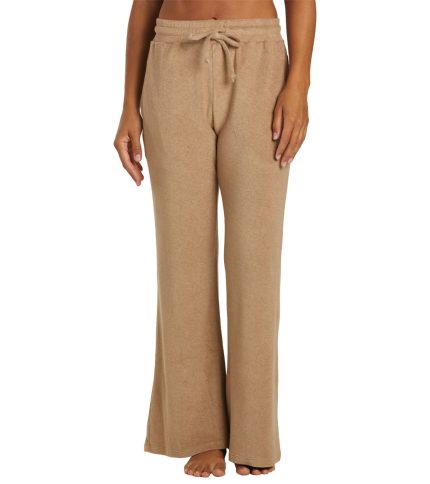 Zuma Pants
Rated 4.35 out of 5$63.99
Zuma Pants
Rated 4.35 out of 5$63.99 -
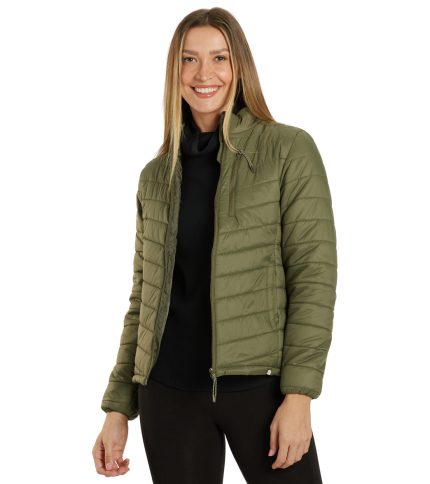 Long Sleeve Puffer Jacket
Rated 4.38 out of 5$40.00
Long Sleeve Puffer Jacket
Rated 4.38 out of 5$40.00 -
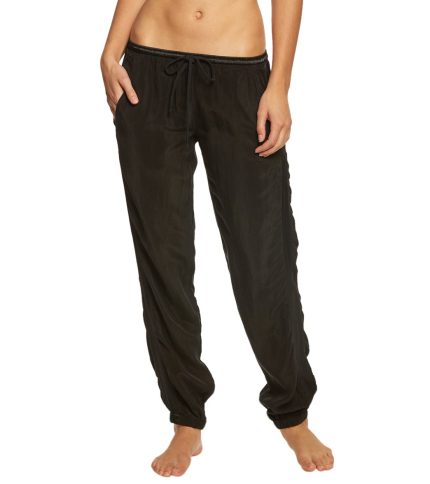 Racer Yoga Pants Joggers
Rated 4.43 out of 5$47.99
Racer Yoga Pants Joggers
Rated 4.43 out of 5$47.99 -
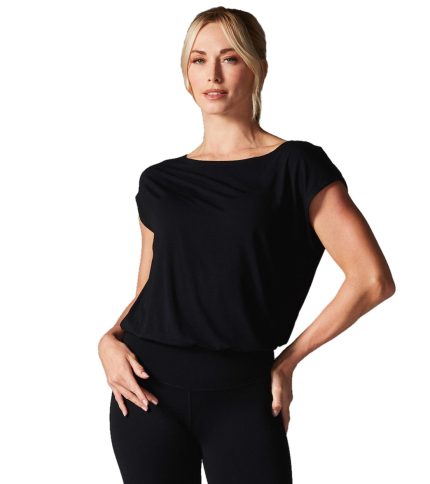 Voyage Boat Neck Tee
Rated 4.43 out of 5$43.50
Voyage Boat Neck Tee
Rated 4.43 out of 5$43.50 -
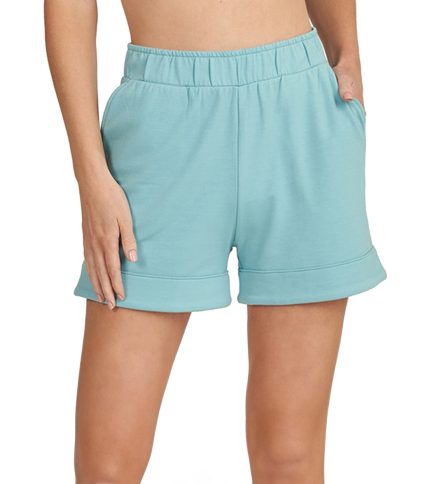 Thrive Societe Comfort Lounge Short
Rated 4.48 out of 5$24.14
Thrive Societe Comfort Lounge Short
Rated 4.48 out of 5$24.14
